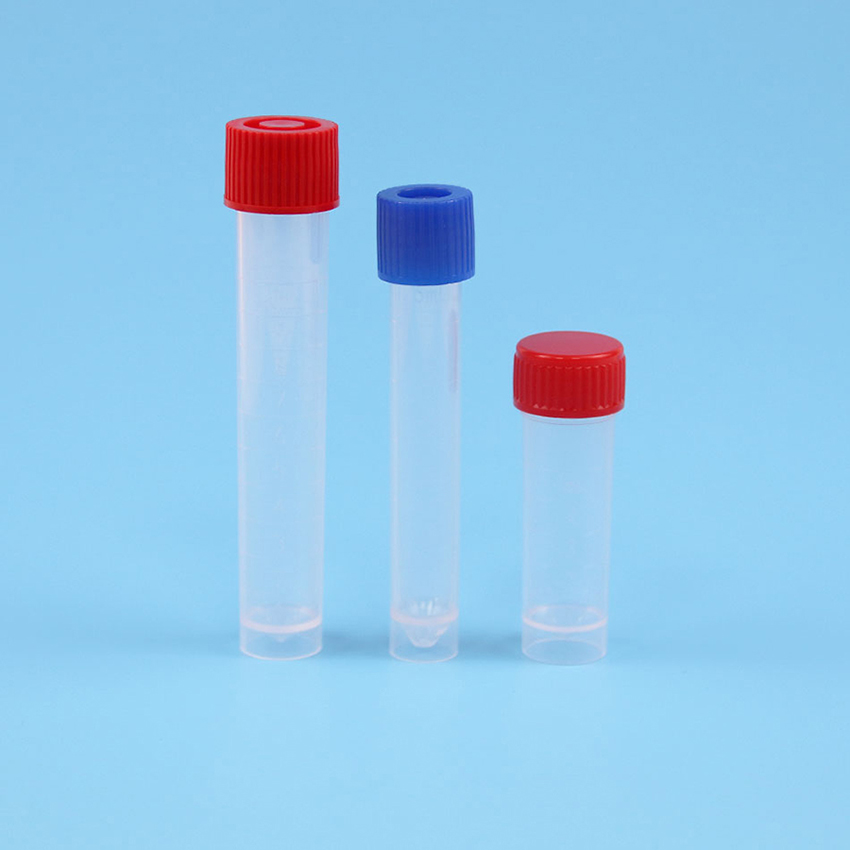Japanese scientists reveal hepatitis or cause different liver cancer phenotypes
Release date: 2015-02-02
Primary liver cancer is the third largest cancer in the world to induce death. Recent studies have shown that people with hepatitis B or C infection are more likely to develop liver cancer, especially in Asia. Through genome-wide sequencing technology, Japanese scientists have for the first time revealed the effects of chronic hepatitis infection on intrahepatic cell carcinogenesis. The research was published in the latest issue of Nature Communications.
There are many classifications of liver cancer, in which intrahepatic cholangiocarcinoma and hepatocytes combined with cholangiocarcinoma are defined as different degrees of biliary epithelial cell differentiation, defined as liver cancer displaying biliary phenotype (LCB). LCB is generally more invasive and has a poor prognosis compared to hepatocellular carcinoma. To understand the molecular changes in LCB, the researchers performed genome-wide sequencing of 30 LCB tumor samples. For comparison, the researchers simultaneously sequenced another 60 common hepatocyte tumor samples and analyzed the RNA sequencing results of some of them.
Surprisingly, they found that despite the different patterns of hepatocellular carcinoma and LCB gene expression, the overall intracellular mutation pattern was similar - mainly in patients with hepatitis B or C infection. The pattern of genetic mutations in patients without hepatitis infection is different. This suggests that different histological types of liver cancer may be derived from the same type of cells in patients with hepatitis infection, such as hepatic progenitor cells.
Through subsequent analysis, the researchers identified mutations in several important genes associated with malignant LCB, including the TERT promoter, chromatin regulators (BAP1, PBRM1 and ARID2), synaptic structural genes (PCLO), IDH and KRAS genes. . KRAS and IDHs mutations - usually associated with malignant tumors - have been found mainly in cancer patients who have not had chronic hepatitis.
This study mainly shows the effect of chronic hepatitis on the type of genetic mutations in LCB. This analysis may help identify which LCB phenotypes are closer to hepatocellular carcinoma and which are more similar to cholangiocarcinoma. Develop appropriate treatments for different LCB phenotypes.
Source: Bio Valley
The cryovial is made of medical polypropylene (PP) and is a disposable laboratory consumable specially used for storing biological samples. In the gaseous state of liquid nitrogen, it can withstand low temperature to
minus 187°C. The unique external rotation design avoids the possibility of cross-contamination. Silicone gasket inside the cap to avoid liquid leakage and ensure tightness even at cryogenic storage temperatures
The sealing property finally ensures the safety of the samples in the tube. Caps come with a variety of embeddable color codes for easy identification.

Cryopreservation Tube,Virus Transfer Culture Cryotube,Laboratory Bacteria Cryotube,Bacteria Storage Plastic Test Tube
Jiangsu HXRT MD Co.,Ltd , https://www.jshxrtmed.com
